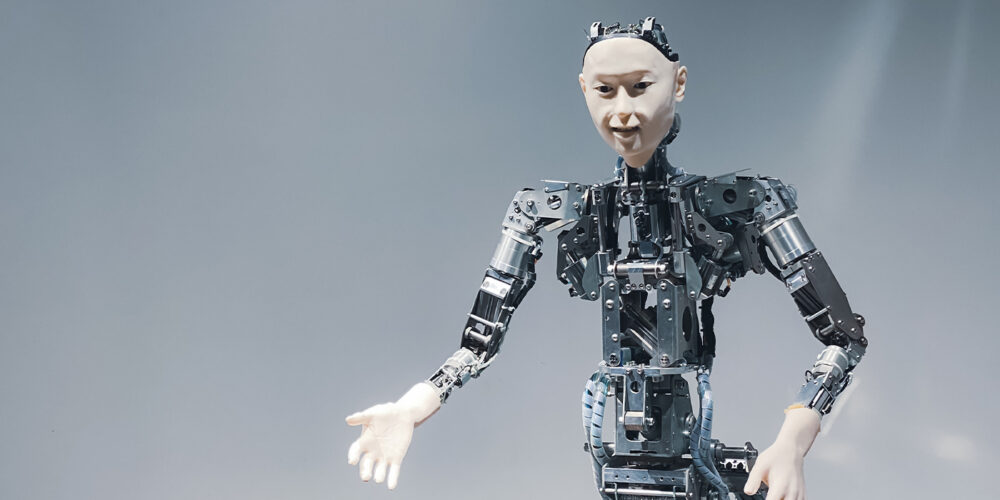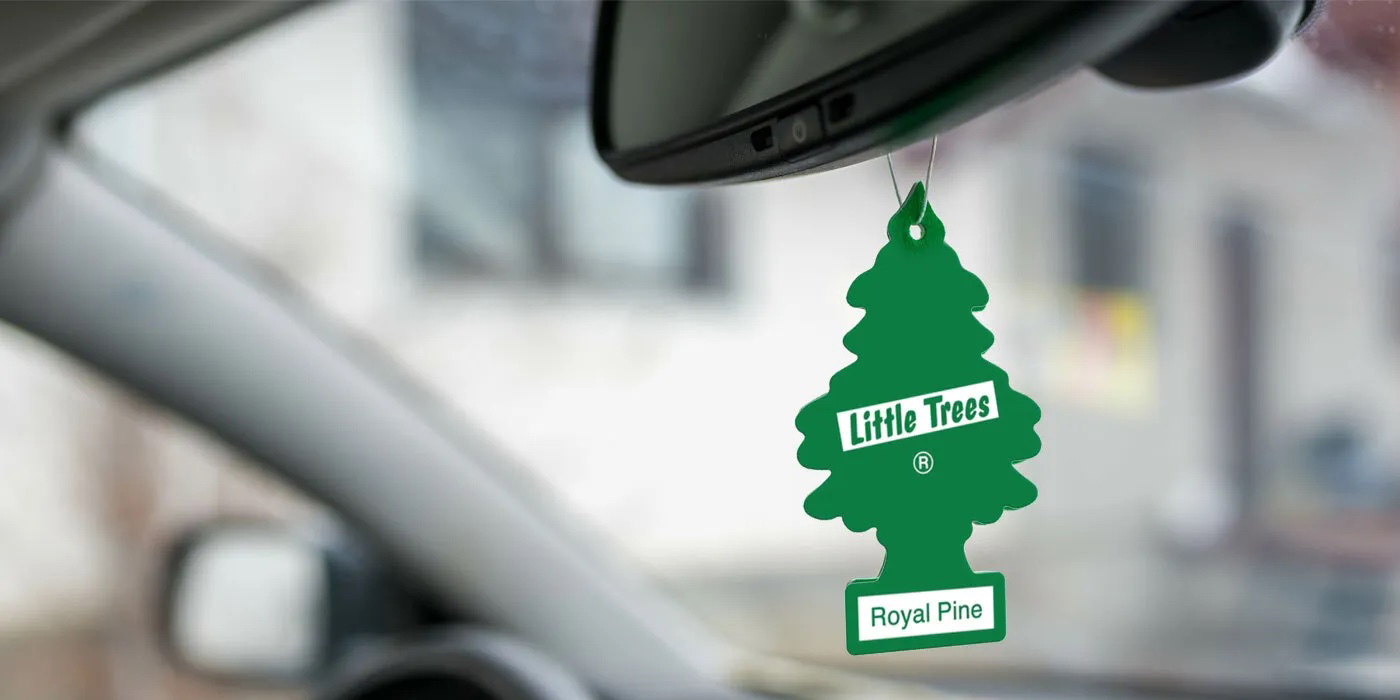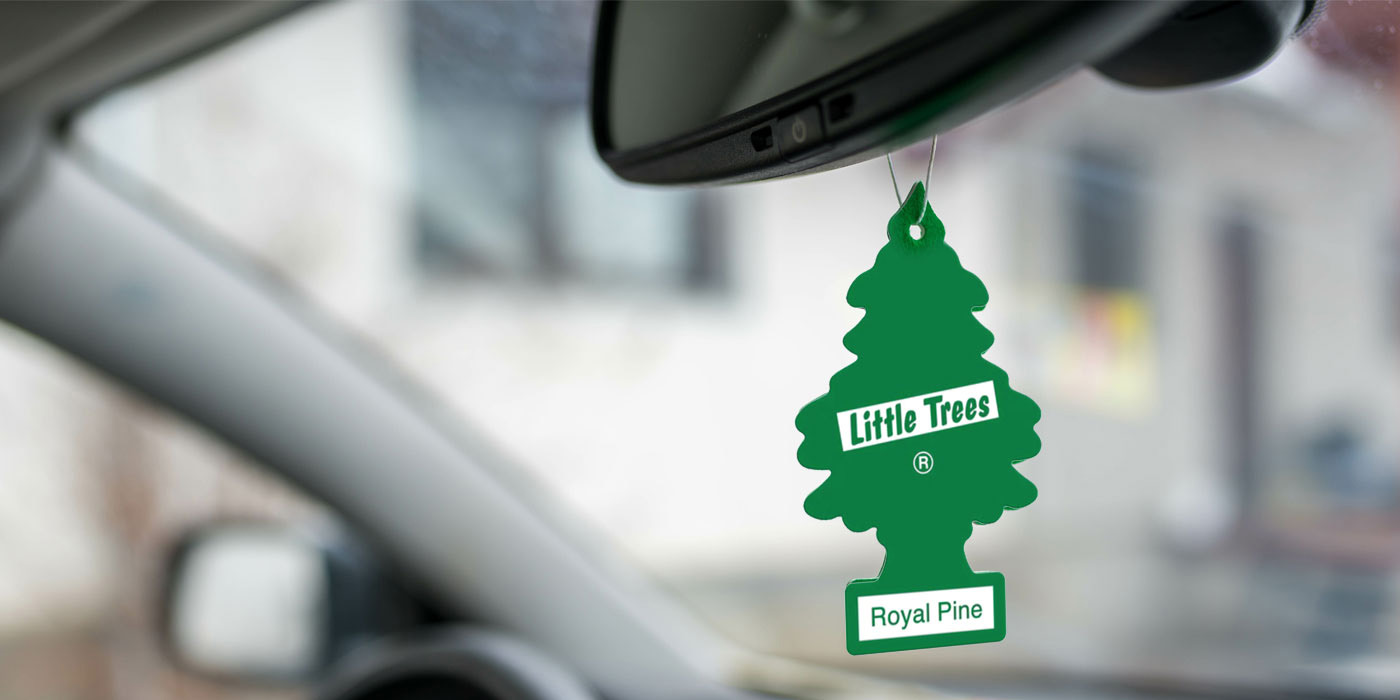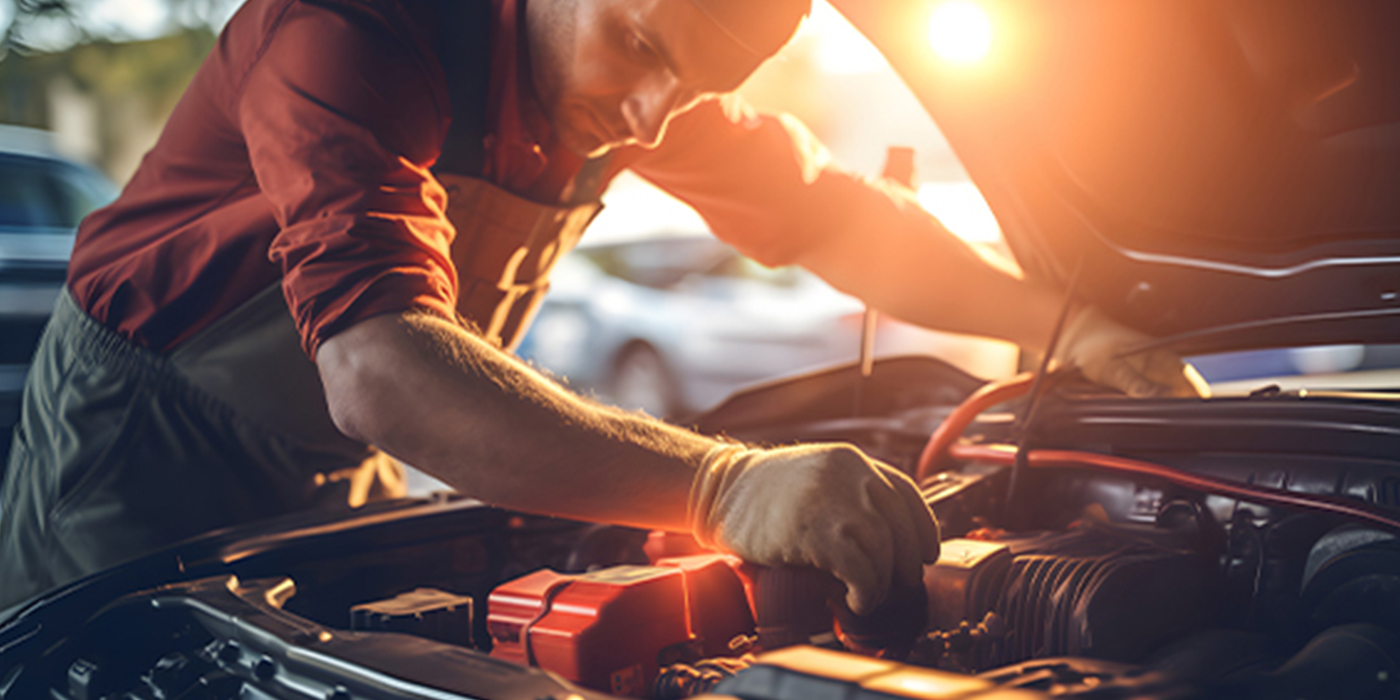Good customer service is essential for any business, but it is particularly critical for automotive repair shops.
For most people, their vehicles are their primary mode of transportation, and they depend on them for daily activities such as work, school, and errands. Therefore, when a car needs repairs, customers expect to receive excellent customer service to ensure that their vehicles are in good hands.
Firstly, good customer service can help an automotive repair shop to stand out from the competition. There are many auto repair shops, and customers have several options to choose from. Therefore, providing excellent customer service can be a crucial factor in attracting and retaining customers. When customers feel valued and appreciated, they are more likely to remain loyal to the shop and recommend it to others.
Secondly, good customer service can help to build trust with customers. Most people do not know much about their cars, so they rely on the expertise of the technicians at the repair shop. When customers receive excellent customer service, they feel confident that their cars are in good hands. As a result, they are more likely to trust the repair shop with their future repairs and maintenance needs.
Thirdly, good customer service can help to increase revenue for an automotive repair shop. When customers have positive experiences, they are more likely to return to the shop for future repairs and maintenance needs. Additionally, satisfied customers are more likely to recommend the shop to their friends and family. Therefore, investing in good customer service can lead to increased revenue through repeat business and referrals.
Does this sound accurate to you? Well, here’s the truth – the majority of this essay (every word leading up to this paragraph, as a matter of fact) was created using Chat GPT, the new artificial intelligence app that is making headlines everywhere.
As a test, I asked the app to write a 300-word essay on customer service. Then, I asked it to refine it to be specifically about automotive repair shops. The first result was pretty good; the second was what you’ve just read. Nothing groundbreaking, but apart from not-quite-human semantics and style, nothing too far from the truth.
The fact that it got so close in only a matter of seconds terrifies me as a writer. This new technology is already creating things that sound, look and read like they’ve been human-generated and the picture for what we can trust in the future is getting cloudier every day.
What this exercise does point out is that as easy as it is to TALK about customer service, actually offering it is NOT automatic.
You can’t just push a button or flip a switch on your service advisors and techs and generate that perfect customer interaction. Let’s be honest – they know when your team is being artificial.
Maintaining the trust of your clients often takes an investment in patience, and an understanding and empathy that can’t be artificially generated. While many things in your shop can be automated, honest interactions still require human contact.














I once worked with a Romanian technician named Alex. He was a tiny guy who chain-smoked. His greatest fear was not a totalitarian dictator. It was fire and falling cars.
Back in those days, we used drop lights with incandescent bulbs. This was long before LEDs and rechargeable batteries. The bulbs would typically stop working when they were lightly jostled. If they were dropped, the glass bulb would shatter.